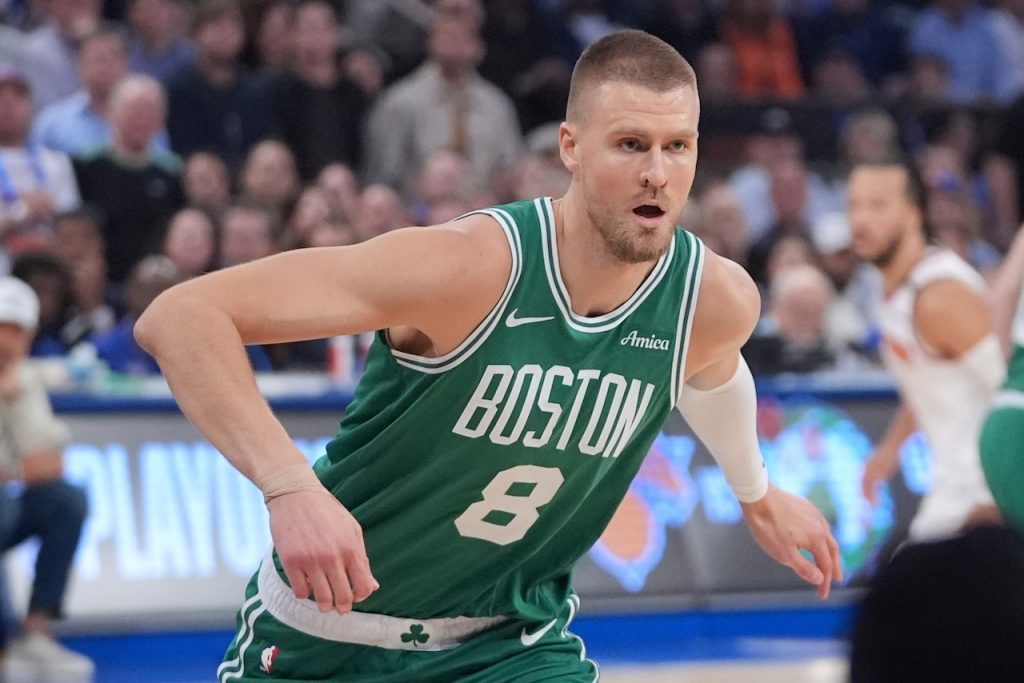The Celtics are set to preview their future this week as they evaluate their rookies and other young talents in Las Vegas for NBA Summer League. Brad Stevens will be attentive as he finalizes the roster and considers significant alterations through trades. This week, we’ll address some future questions, including the implications of Kristaps Porzingis and potential deals in this mailbag. Send your questions to [email protected]
Hi Brian,
I haven’t noticed discussions about how the new CBA might alter our views on trade exceptions. The common belief is that fans often get too enthusiastic about them, but they rarely get utilized. Do you think this perspective will change under the new CBA?
This year, cap space has become a rare commodity with teams trying to avoid the second apron, leaving only one team (Brooklyn) with substantial space to take on player contracts. Thus, trade exceptions can serve a similar purpose.
Brad’s strategic decision to secure a $22M trade exception in the Porzingis trade, which will last until July 2026, showcases his savvy. Many teams might look to offload good players to escape contracts in the coming year, giving the Celtics leverage to demand a premium return. Under the new CBA, a trade exception has become as valuable as cap space.
I believe the Celtics should retain Afernee Simons and his $27M contract rather than trading him. Although he may not be a long-term fit, if we trade away every player we want to let go before Tatum returns next year, we may only be left with core players we don’t want to move for necessary trades to become contenders again by 2026-27.
In just two moves, Brad has generated $49M worth of salary matching possibilities for trades through the combination of the trade exception and Simons’ contract (noting that Simons would need to be part of a sign-and-trade due to his expiring deal).
Am I missing something here? — Steve
Thank you for sharing your thoughts, Steve. I agree that manageable salaries are crucial; with so much talent departing, there isn’t much flexibility left on the roster. Allowing contracts like Simons and Niang to expire without re-signing makes it harder to bring back quality players since Boston’s cap situation will tie up most of its salary with three major players. Pritchard and Hauser will likely only offer mid-range salaries ($5-20 million) as solid-value contracts.
The trade exception could be a valuable tool next summer but may be limited regarding Boston’s payroll scenarios. If the Celtics aim to stay beneath the luxury tax this season and next, the TPE would effectively become irrelevant since acquiring significant contracts via trade wouldn’t be possible while maintaining that tax status. Currently, it’s impractical for Boston since the team desires to lower payroll after parting with Porzingis and Jrue Holiday.
Things may shift if Boston decides to be significant spenders next season. Under such circumstances, the Porzingis TPE could be utilized as long as they remain below the first apron ($209 million projected). Currently, the Celtics have around $185 million committed to 12 players for next season (including a 2026 draft pick), allowing space to adopt a more extensive contract through trade compared to using a non-taxpayer mid-level exception.
The team will likely seek a center for next year (unless Neemias Queta or Luka Garza make significant advancements), so the Porzingis TPE could help in addressing this need if the ownership allows for increased spending. However, utilizing that TPE would impose a hard cap at the first apron.
Which player has the most at stake during Summer League among the current roster? — Luke
Jordan Walsh stands out as a key player to watch due to the roster configuration. Entering his third season, his contract is only guaranteed for $200,000 until the opening night. Last season, Baylor Scheierman surpassed him in the depth chart, and the recent additions of several wings through the draft (Hugo Gonzalez, Max Shulga) and free agency (Josh Minott) create direct competition for him.
Though only 21, Walsh has yet to make a significant impression during his limited playtime in his first two seasons. His shooting remains inconsistent (only 26 percent from three-point range), and despite some defensive potential, it hasn’t been enough to overshadow his offensive struggles. He will have ample opportunities to demonstrate his growth in Las Vegas, but he must show improvement to secure his position on the roster as Boston strategizes its future around its stars.



